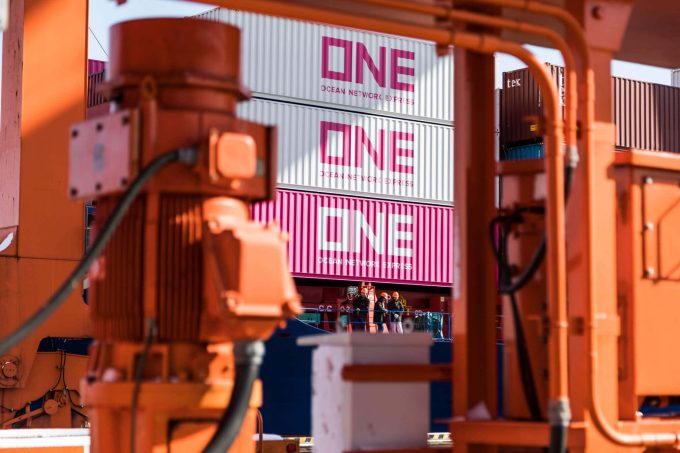Congestion fear as US west coast ports brace for transpacific cargo surge
The demand spike on the transpacific has prompted concerns of congestion and cargo bottlenecks at ...

Container shipping lines are rushing to order refrigerated containers (reefers) to plug an emerging gap between supply and demand in global perishables trades.
Japanese carrier ONE yesterday announced an order for 6,000 40ft high-cube reefer units, which will take its reefer fleet up to 240,000 teu ...

Comment on this article